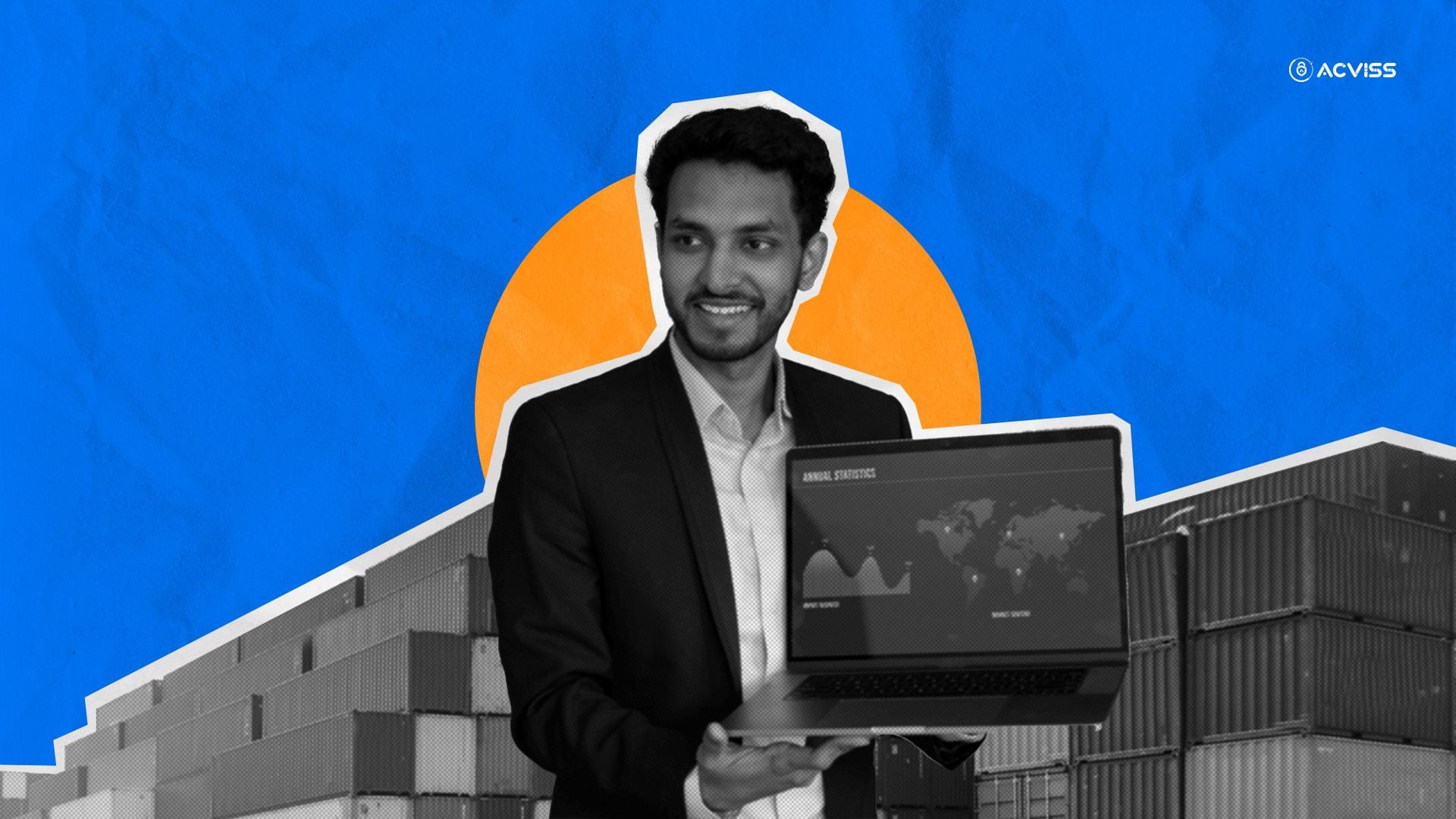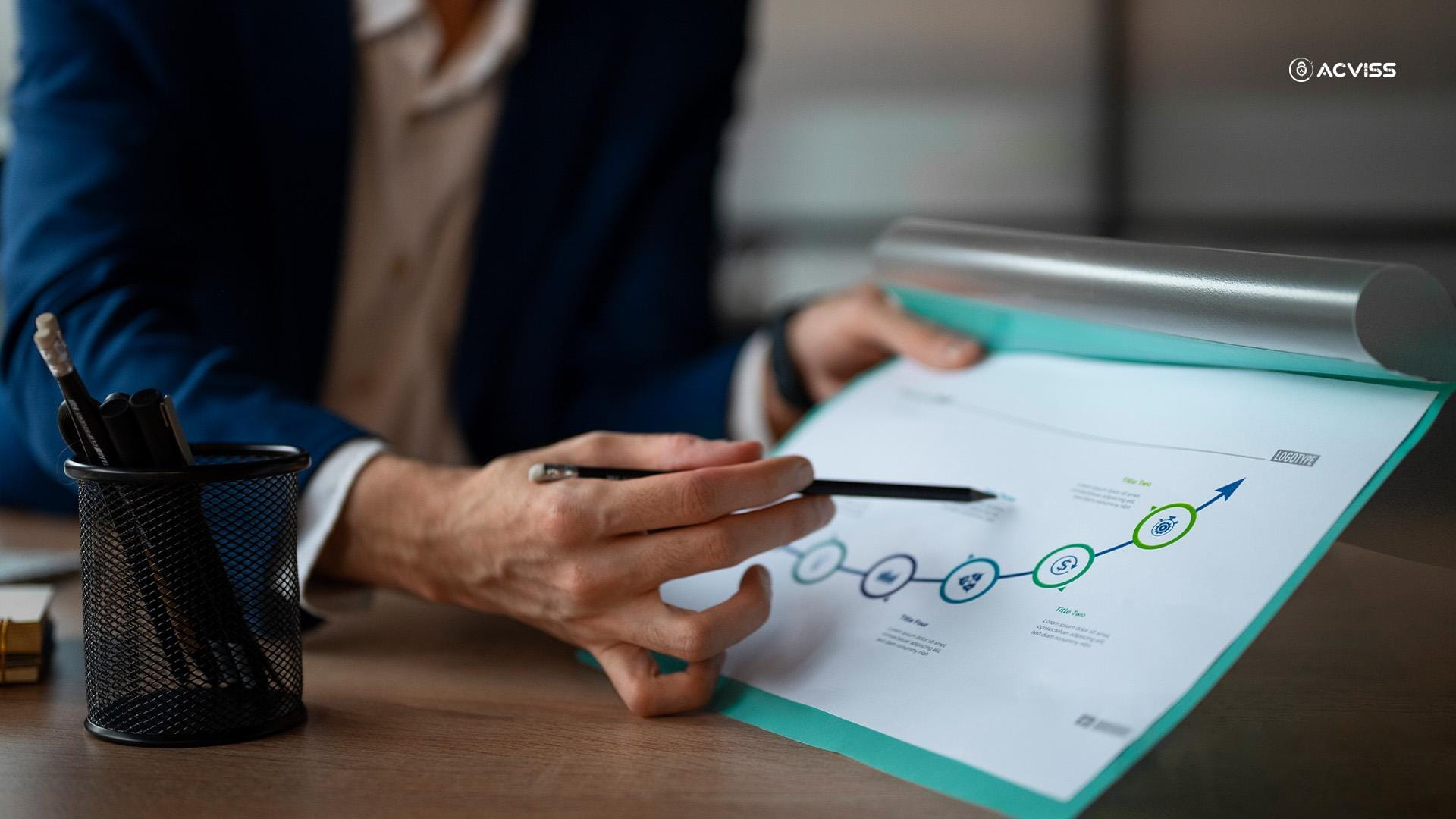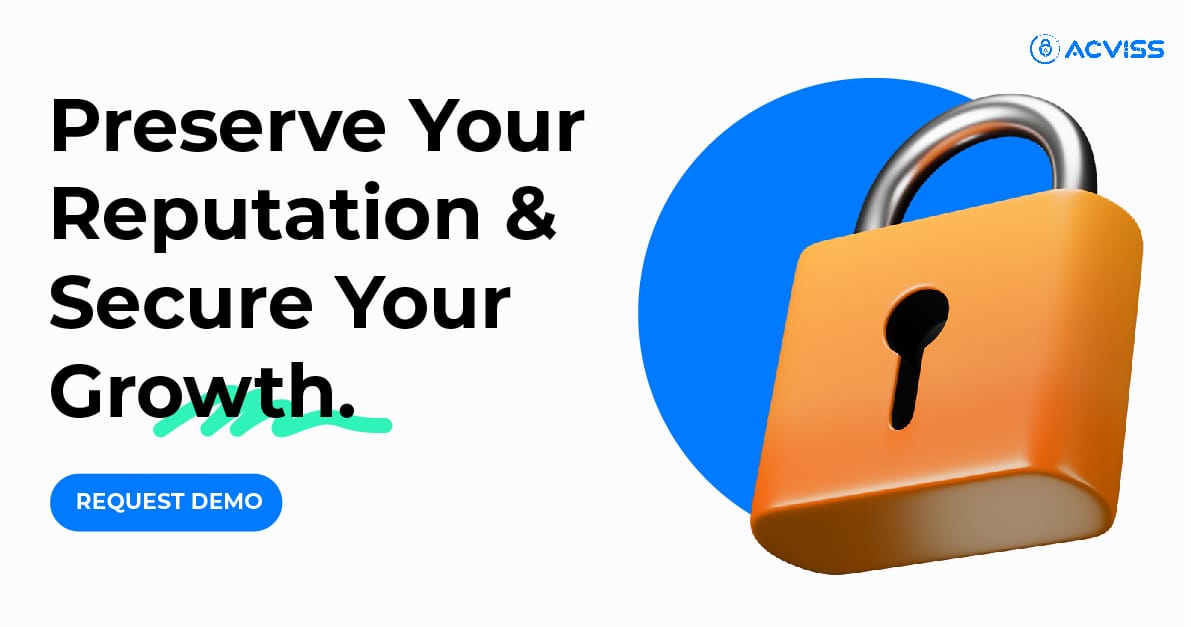Why Risk Management is Essential for Supply Chain Efficiency

In a world where one blocked canal, one cyberattack, or one natural disaster can topple global supply networks, risk management is no longer a "nice-to-have"; it's the cornerstone of supply chain efficiency. Today’s supply chains are complex, sprawling ecosystems that stretch across continents and time zones. They’re lean, optimised, and increasingly digital. But they’re also exposed, exposed to risks that can halt operations, sink profits, and tarnish brand reputation.
That’s where Supply Chain Risk Management (SCRM) comes in. When done right, it doesn’t just prevent disasters, it builds resilient, agile, and efficient supply chains that can adapt and thrive in any environment.
What is Supply Chain Risk Management?
At its core, SCRM is the systematic process of identifying, assessing, mitigating, and monitoring risks that could affect the supply chain's performance. These aren't just the big-ticket risks like geopolitical conflicts or factory fires. We're also talking about the small, cumulative risks: inaccurate forecasts, inefficient workflows, non-compliance in tier-3 suppliers, or cyber vulnerabilities in connected devices.
The goal? Minimise disruptions, reduce vulnerability, and ensure continuity, from supplier to shelf.

The High Stakes of Inaction
Here’s the brutal reality:
40% of companies hit by a major supply chain disruption go bankrupt. Not only that, but research shows that:
- Up to €1 million in annual losses are reported by companies due to multiple disruptions.
- Firms with poor risk management see stock price drops, reputational damage, and long-term erosion of customer trust.
- Cyberattacks, which increased by 300% during the pandemic, are now among the top threats in supply chain networks.
So, when companies talk about operational efficiency without talking about risk? They’re ignoring the elephant in the warehouse.
Efficiency ≠ Speed. It’s Also About Resilience.
Traditional definitions of efficiency focus on cost-cutting, faster delivery, and reduced inventories. But true supply chain efficiency isn’t just about being fast or lean, it’s about being prepared.
Efficient supply chains:
- Anticipate and mitigate disruptions.
- Maintain visibility across all tiers.
- Balance cost and risk with agility and responsiveness.
Risk management becomes the enabler of efficiency by removing the friction caused by unexpected failures.
Types of Risks Crippling Supply Chains Today

Understanding what you’re up against is half the battle. Here are the key risk categories threatening supply chains in 2025:
1. Operational Risks
- Poorly designed workflows
- Human errors
- Undertrained staff
- System failures or incorrect scoping
- Legal non-compliance and IP misuse
These internal faults slow down your supply chain from the inside, draining productivity.
2. Supply Risks
- Supplier bankruptcy
- Capacity shortages
- Natural disasters in sourcing regions
- Geopolitical instability (e.g., Red Sea attacks, tariffs)
Your supply chain is only as strong as its weakest link.
3. Demand Risks
- Volatile customer behaviour
- Inaccurate forecasting
- Market shifts or seasonality surprises
Misjudging demand leads to understocking, overstocking, or worse, customer churn.
4. Cybersecurity Risks
- Ransomware attacks
- Data leaks
- Breaches in digital supply chain systems
With digitalisation surging, cybersecurity has become a frontline defence.
5. Reputational and ESG Risks
- Forced labour in upstream operations
- Environmental violations
- Supplier misconduct
Consumers and regulators are watching. One bad actor in your supply chain can cost you millions and your credibility.
The Four Pillars of Advanced Risk Management

Risk management in supply chains isn’t a static checklist. It’s an iterative, data-informed, collaborative strategy built on four core phases:
1. Risk Identification
This involves identifying all potential internal and external risks. It’s where companies define vulnerabilities across procurement, production, logistics, and compliance. Key tools: stakeholder analysis, scenario planning, supply chain mapping.
2. Risk Assessment
Quantify the likelihood and impact of each risk. Many firms use risk scoring methods:
- Financial Risk Score
- Operational Risk Score
- Supply Chain Resiliency Index
Advanced models now incorporate Value at Risk (VaR) to measure potential financial fallout from disruptions.
3. Risk Response (Mitigation/Treatment)
This is where the rubber meets the road. It includes:
- Diversifying suppliers
- Building redundancies
- Realigning contracts
- Information sharing
- Implementing digital safeguards
Strategies range from basic (supplier re-selection) to advanced (AI-driven demand shaping, IoT-based real-time rerouting).
4. Monitoring & Evaluation
Real-time tracking of risk indicators and evaluation of past incidents to refine strategy. It's not a “set it and forget it” game. Continuous improvement is key.
Enter Acviss Traceability: Visibility = Power
Most supply chain disruptions don't start big. They start in the dark, with a missing shipment, a mislabelled product, or an unsanctioned supplier.
That’s where Acviss's Origin traceability solution steps in as a game-changer.
1. End-to-End Visibility
With Origin Traceability, businesses gain granular control over product movement, from raw materials to the final consumer. Every node, every hop, every handoff is tracked and verified.
2. Tamper-Proof Transparency
Built on secure digital layers (blockchain + proprietary tech), Acviss ensures that no data can be manipulated or falsified. This is especially critical for industries like pharma, electronics, or F&B, where authenticity equals safety.
3. Supplier Accountability
Track and audit every supplier across tiers, not just tier-1. Acviss helps organisations enforce ESG compliance, prevent greenwashing, and maintain a verifiable audit trail.
4. Real-Time Alerts and Data Insights
No more reacting to problems a week too late. Get live alerts for anomalies, and leverage AI-powered dashboards to detect bottlenecks before they hit operations.
5. Proactive Risk Mitigation
By combining traceability with risk insights, Acviss helps organisations predict and prevent supply-side and demand-side disruptions.
In short, it turns a passive supply chain into an intelligent, self-aware ecosystem.
Risk Management: The New Supply Chain Strategy

Modern supply chains are like high-performance sports cars. Sleek, fast, efficient, but if you don't manage the risks (brake failure, road conditions, blind spots), speed alone is useless.
Risk management is no longer a support function. It’s the core enabler of performance.
Companies investing in robust SCRM are not just avoiding disaster, they're:
- Reducing lead times through better planning.
- Lowering costs by preventing waste and rerouting.
- Building brand trust through transparency.
- Gaining resilience to bounce back stronger post-crisis.
And in a hyper-connected, high-stakes market, resilience = efficiency = competitiveness.
The Road Ahead: From Risk-Aware to Risk-Ready
As supply chains grow more global and digital, the number of threats will only rise. But so will the tools available to counter them. That’s where Acviss Traceability comes in.
Acviss doesn’t just help you see your supply chain. It helps you understand it, secure it, and optimise it. With its tamper-proof traceability platform, live alerts, and supplier accountability tools, Acviss empowers you to take control of risk before risk takes control of your business.
- Uncover blind spots.
- Act before disruptions hit.
- Build trust across your ecosystem.
Ready to turn supply chain chaos into clarity? Talk to us today and discover how traceability can be your strongest line of defence and your smartest path to efficiency.
